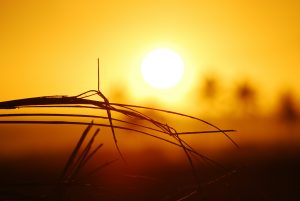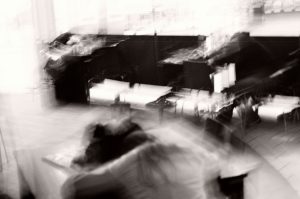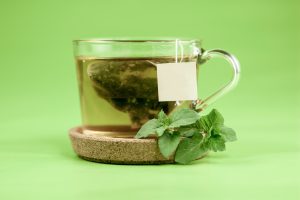
Welcome to the Tai Yang time of year. Say that three times fast, and maybe add “Thank You,” to complete the trifecta, TYTYTY! “Tai Yang” means the most yang, as we enter the longest days of the year, leading up to the summer solstice next week, at which time days will begin to very gradually, grow shorter.
Until that time we might be more vulnerable to “yang pathogens,” exemplified by inflammatory heat and/or “external invasions,” which is probably why we see a minor uptick in Covid cases around this time each year, despite the warm weather which should mitigate such spread. More common are the former, symptoms of “heat rising,” a la insomnia, anxiety, palpitations, acid reflux, constipation, headaches, and ANGER!!! If you’ve noticed an exacerbation in any such signs within yourself, rest assured, it is normal for the time of year and relatively wane after June 21st. If it doesn’t, see a doctor, and/or myself.
Some of the things we can do to cool excessive yang rising include green tea in the mornings (after breakfast), then peppermint or chrysanthemum teas at night, snacking on watermelon, cucumbers, and celery, and minimizing spicy foods and alcohol. Most importantly, sweat!
In Chinese medicine we treat most “Tai Yang disease,” or viral pathogens through moderate sweating—underscore moderate for you high intensity athletes—and as the weather now is increasingly humid to begin with, it is important to sweat, just a bit every day.
The Tai Yang time of day is mid-day, around noon, which makes that window optimum for exercise—although as I often advise my busy patients, the truly best time to exercise is whenever you have time. ‘Tis better to do imperfectly than not do at all.
Although I am admittedly a slave to air conditioning for sleep, it is obviously manmade, unnatural, and ultimately not physiologically (or environmentally) beneficial. In the humid climate of summer, the contrived cold air traps pathogenic fluids at the exterior, or “Tai Yang layer” of the body, thereby exacerbating local inflammation, often inducing skin/joint conditions, and compromising immune function. I recommend using it as minimally as possible and/or wearing a scarf or long-sleeves while in offices or public transportation that insist on killing us slowly. And spend as much time outdoors as possible. We are all too deprived of it these days.
Happy Father’s Day!




 In the western world we are often guilty of over-polarizing and labeling. This political viewpoint is good, that one is bad, this diet is healthy, that one is not. Further on that point, one food is healthy—while that one is not.
In the western world we are often guilty of over-polarizing and labeling. This political viewpoint is good, that one is bad, this diet is healthy, that one is not. Further on that point, one food is healthy—while that one is not.
